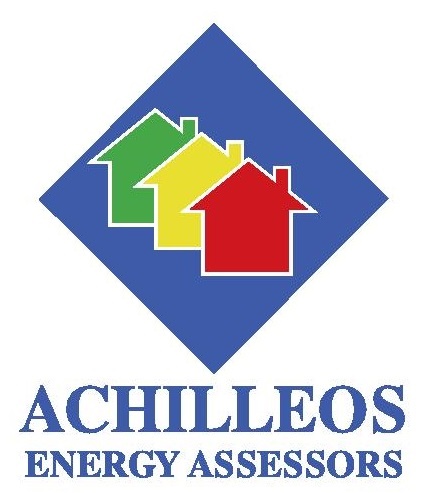

A DEC shows the energy performance of a building based on actual energy consumption as recorded over the last 12 months within the validity period of the DEC (the operational rating).

The operational rating is a numerical indicator of the actual annual carbon dioxide emissions from the building. The various types of energy consumption from occupying a building must be brought together on a common basis so that the performance of one building can be compared with that of another. The UK has decided that the common unit should be CO2 emissions, since this is a key driver for energy policy. This rating is shown on a scale from A to G, where A is the lowest CO2emissions (best) and G is the highest CO2 emissions (worst). DECs for buildings larger than 1,000m² also show the operational ratings for the previous two years.
The operational rating is based on the amount of energy consumed during the occupation of the building over a period of 12 months from meter readings and is compared to a hypothetical building with performance equal to one typical of its type (the benchmark). Typical performance for that type of building would have an operational rating of 100. A building that resulted in zero CO2 emissions would have an operational rating of zero, and a building that resulted in twice the typical CO2 emissions would have an operational rating of 200. If the building is a net energy generator, it would still be given an operational rating of zero.
The operational rating must be calculated according to the methodology approved by the Secretary of State. This is done by an accredited energy assessor using a software tool for the calculation which has been approved by the Secretary of State.
The DEC should be displayed in a prominent place that is clearly visible to members of the public. A sample certificate is shown. To enable members of the public to view the document easily, it should be no smaller than A3 in size.
DECs and ARs must be undertaken by an accredited energy assessor using Government approved software. In order to produce the DEC the energy assessor needs to know the gross internal floor area of the building and the operating hours together with actual meter readings or consignment notes for all fuels used during the year of assessment. It is, therefore, important for owners and occupiers of public buildings over 1,000m2 to maintain good records of fuel used. If the energy assessor does not have access to suitable and sufficient information then a DEC cannot be produced. The option to generate a default G rating was withdrawn on April 16, 2011.